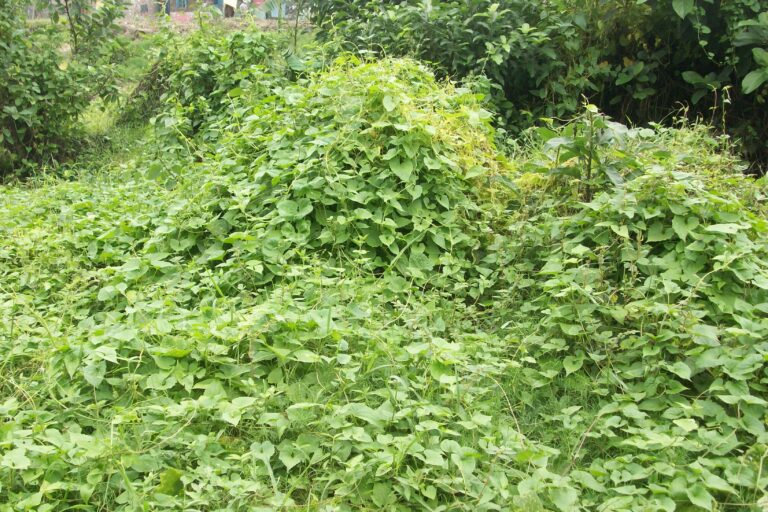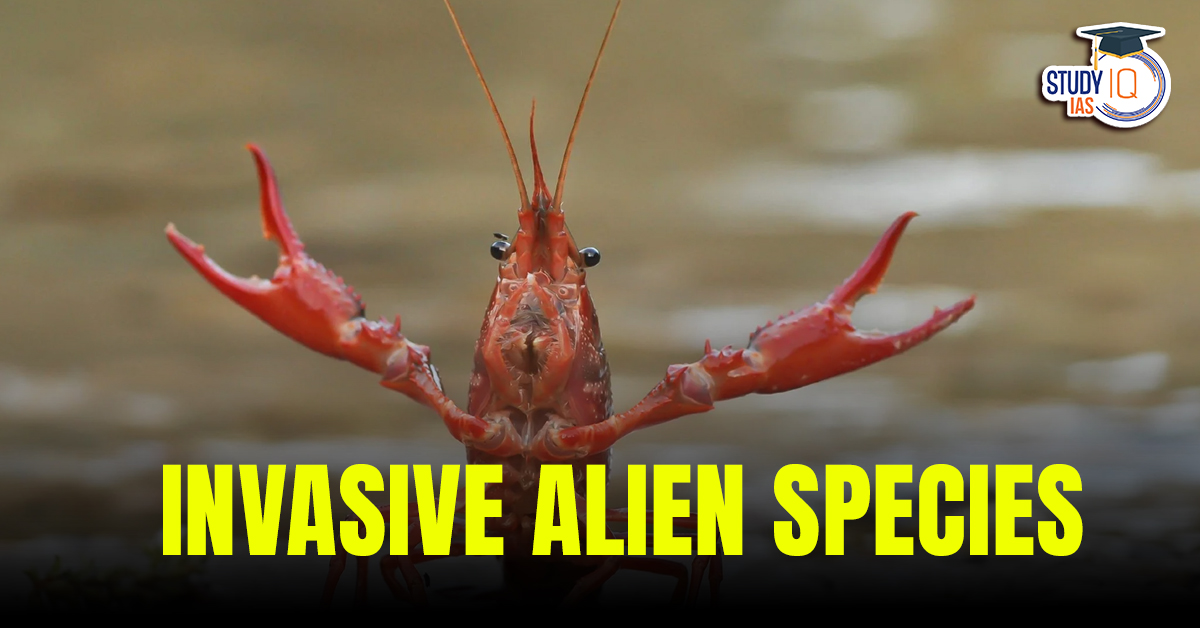Table of Contents
Context: Apart from mechanical and chemical control methods to tackle invasive plant species, scientists also employ classical biocontrol agents such as fungi.
About Invasive Alien Species
- According to the Convention on Biological Diversity (CBD), invasive species are introduced outside their natural distribution and threaten biodiversity.
- Characteristics: Ability to arrive, survive, and thrive in new environments by reproducing quickly and outcompeting native species for resources.
- In India, Under the amended Wildlife Protection Act, 1972 (2022), they are defined as non-native species whose introduction or spread could negatively impact native wildlife or habitats in India.
- However, this definition does not cover invasive species only in certain regions within India, such as the chital in the Andaman.
Examples of Invasive Species in India
Fauna
- Fish: African catfish, Nile tilapia, red-bellied piranha, and alligator gar.
- Turtles: Red-eared slider, which is a common exotic pet that competes with local species for food and habitat.
- Chital: Introduced by the British in the early 20th century, they have no natural predators on the islands and have become an invasive species, spreading across the Andaman archipelago.
Flora
- Mikania micrantha (also called “mile-a-minute weed“) — native to Central and South America but introduced multiple times to India — is now a major invasive plant affecting biodiversity and crops.

Impacts of Invasive Species
- Ecological Damage: Displace or eliminate native flora and fauna
- Threaten endangered species (Eg., Manas Wildlife Sanctuary’s grasslands impacted by Mikania)
- Economic Losses: Lower agricultural and plantation yields (Eg., tea, teak, rubber)
- Costly to manage and control.
- Biodiversity Threats: Lead to the extinction of endemic species
- Disrupt ecological balance (g., Indian mongoose introduced to control rats ended up harming local wildlife)
- Public Health Concerns: Some invasive plants cause allergies and skin irritation (Eg., Parthenium).
Control Measures for Invasive Alien Species
Mechanical Control
Manual weeding, uprooting, and burning
- Effective but labour-intensive and temporary
- Mikania grows several cm/day — difficult to match by manual removal.
Chemical Control
Use of herbicides and pesticides
- Often environmentally harmful and costly
- Effects may not be long-lasting
Classical Biological Control
Introduction of natural enemies (insects, fungi, pathogens) from native habitats
- Example: Puccinia spegazzinii fungus used against Mikania micrantha
- Zygogramma bicolorata beetle used against Parthenium hysterophorus
- Weevil Cyrtobagous salviniae for Salvinia molesta
- Policy and Regulatory Measures: Strengthening quarantine laws and biosecurity
- Timely approval of biocontrol agents
- Raising awareness among farmers and stakeholders
- Research and Monitoring: Continuous ecological research to identify suitable biocontrol agents
- Climate suitability studies, as climate change may affect efficacy.
| Limitations of Biological Control Agents |
|
Conclusion
Invasive species like Mikania micrantha pose serious ecological and economic threats. While chemical and mechanical methods have limitations, biological control, though slow, is a sustainable and ecologically benign strategy. However, success depends on government support, public awareness, and timely approvals.


 Bonnet Macaques: Habitat, Features, Beha...
Bonnet Macaques: Habitat, Features, Beha...
 Periyar Tiger Reserve, Map, Flora, Fauna...
Periyar Tiger Reserve, Map, Flora, Fauna...
 Project Cheetah in India, Objectives, Ch...
Project Cheetah in India, Objectives, Ch...

























